Morning Breath?
Are those close cuddles with your BFF getting a little smelly? Just like in people, bad breath is a major sign of dental disease in dogs and cats.
Wait, what?! Dogs and cats get dental disease?
They sure do….and it can be a real bummer for their quality of life. So taking good care of those pearly whites is one of the best acts of kindness you can give them.
Here are some helpful hints to guide you both to more delightful snuggle time.
Brush teeth
I know this sounds ridiculous, but brushing your furry friend’s teeth every day is one of the best ways to keep his/her mouth in great shape.
Check out a 2 min video here on how to brush your dog’s teeth: https://youtu.be/FVv9GET-C_Y.
We understand that most of our fur babies are not quite as accepting and easy going as Maggie Mae. That’s okay, just start to establish the daily routine and, over time, you’ll become a canine tooth fairy. Gotta furry feline friend…I’m not going to lie - this is harder.
Check out this helpful video to see how to establish a cat tooth brushing routine:
https://www.dailypaws.com/cats-kittens/cat-grooming/brushing-cats-teeth. A word to the wise: this may take several months and some cats will just straight up not allow it :(Annual exams at your vet
Annual veterinary exams are good for a whole bunch of reasons (check for lumps, bumps, arthritis, skin disease, etc). One of the biggest benefits is looking at teeth for signs of tartar, loose teeth, gum disease, etc. Most dogs and cats will start needing dental cleanings by the time they are 3-5 years of age (but daily tooth cleaning can postpone this).
Regular dental care helps your furry friend avoid painful cavities, tooth root abscesses and infected gums - all of which are painful and require more aggressive (ie costly) veterinary attention.
At BoosterPet, our annual membership gives you unlimited, free in-clinic exams to make vet visits both easy and affordable. It also gives you 20% off all services (including dentals;). Click here to learn more.
Use approved dental treats.
Check out http://www.vohc.org/all_accepted_products.html to see a list of treats and diets approved by the Veterinary Oral Health Council (yes, there really is such a thing). These treats and diets have been shown to be effective for improving dog/cat oral hygiene.
Notice any changes
Notice if your pet starts to have trouble eating treats/kibble, starts dropping food or bleeding when chewing on his/her favorite toy. This could be a sign that something’s wrong and needs to be addressed. Mouth pain is horrible - fortunately, most conditions can be easily addressed by your veterinarian.
The role of pets in our lives is changing at an incredible speed. No longer are they farmyard animals that get fed the occasional table scraps - our furry friends now eat specially-formulated, gourmet diets and sleep in our beds.
This growing bond is helping us all lead better, longer and happier lives. The counterbalance is that, as our pets become more integrated into our daily routines, their healthcare needs also become more sophisticated. But devoting just 2-5 minutes every day on tooth brushing will go a long way to keeping your pet healthy and happy:)

